Making your business wheelchair accessible is more than just an act of compliance—it’s a commitment to inclusivity and customer care.
Often, businesses may inadvertently overlook the importance of accessibility, which can lead to complaints, a loss of customers, and even the risk of facing anti-discrimination lawsuits. For individuals who use wheelchairs, the primary challenge lies in accessing premises or facilities comfortably and safely.
This blog post aims to offer practical tips on how to enhance and maintain disabled access in your establishment, ensuring a welcoming environment for all your customers and staff.
Understanding the impact of wheelchair accessibility on millions of Australians
According to the Australian Network on Disability, there are over 4.4 million Australians with a disability. Of these, 2.1 million are of working age, and 1 in 3 people with a disability report that their customer needs are often unmet, including experiencing difficulty accessing buildings or public transport.
People with disabilities can face several challenges affecting their mobility. This is because sometimes certain infrastructures do not adequately address the unique needs of people with disability.
Even with the Disability Discrimination Act 1992 (Cth) (DDA), which makes it illegal to ‘discriminate against a person because of disability when providing goods, services or facilities, or access to public premises’, some business establishments are still unable to comply with such conditions.
Creating a wheelchair accessible business
Now, if you’re one such business, it won’t be surprising if you get complaints from people with disability, their families, friends and other relations. Even if your oversight is unintentional, such complaints may cause you to lose customers and perhaps even lead to an anti-discrimination lawsuit.
For people using wheelchairs, most of the challenges they face involve access to premises or facilities. To address such challenges, the Australian Human Rights Commission rolled out tips to help businesses reduce their likelihood of facing discrimination complaints by improving the accessibility of their premises.
Tips to improve and maintain wheelchair access in buildings
If you’re looking to make your establishment wheelchair-accessible, consider the following tips to create a welcoming and suitable experience for your customers and staff:
1. Post clear signage
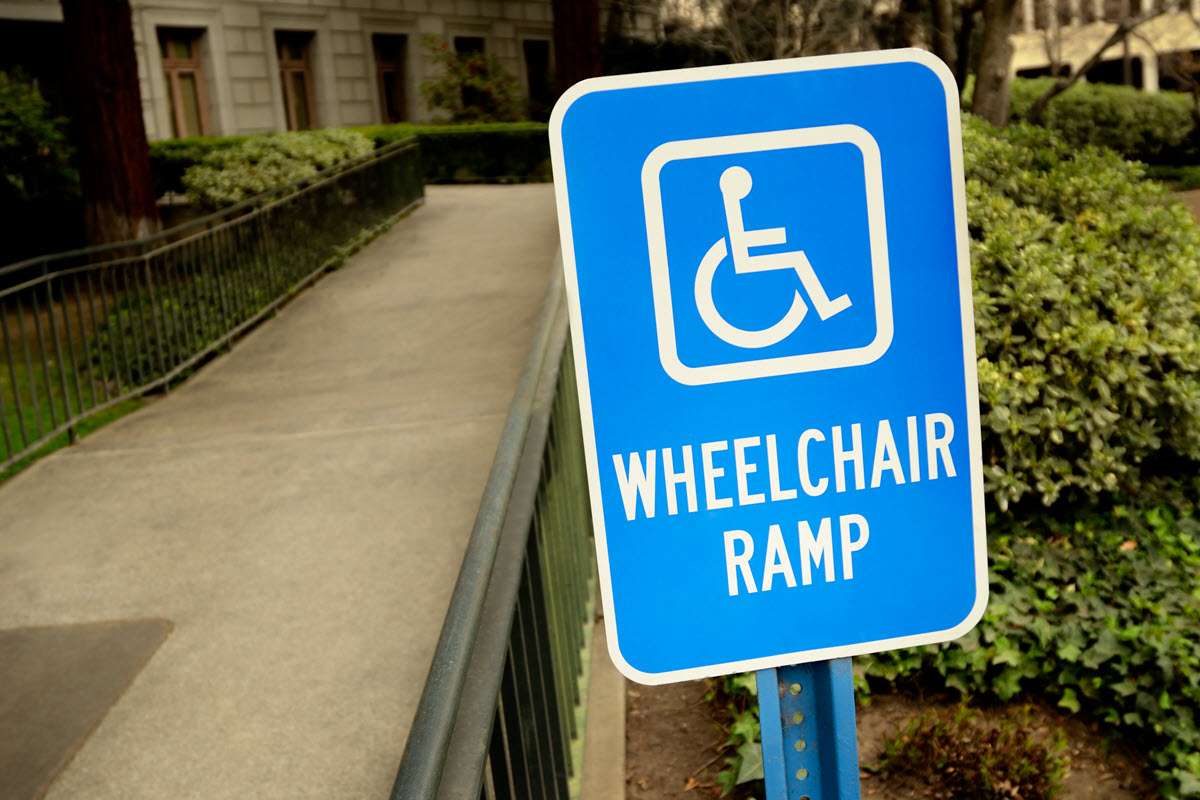
If the main entrance to your establishment is not accessible by wheelchair but has an alternate accessible entrance elsewhere, you need to post clear signage indicating this.
You should include the International Symbol of Accessibility prominently at the wheelchair-accessible entrance. Signage there should also contain important information on access, parking facilities and other services.
If you have a website, make sure it contains this information so that people using a wheelchair know your business is accessible.
2. Keep doors and passageways clear and well-lit
Wheelchair-accessible walkways should be free from obstructions, clutter and dirt to allow for easy access. If there are bushes, trees and flower arrangements on your premises, ensure these are clipped and maintained.
Parking facilities are required to have dedicated parking spaces close to the building entrance for people with disabilities. These areas should also be well-lit to help people using wheelchairs navigate them efficiently and easily.
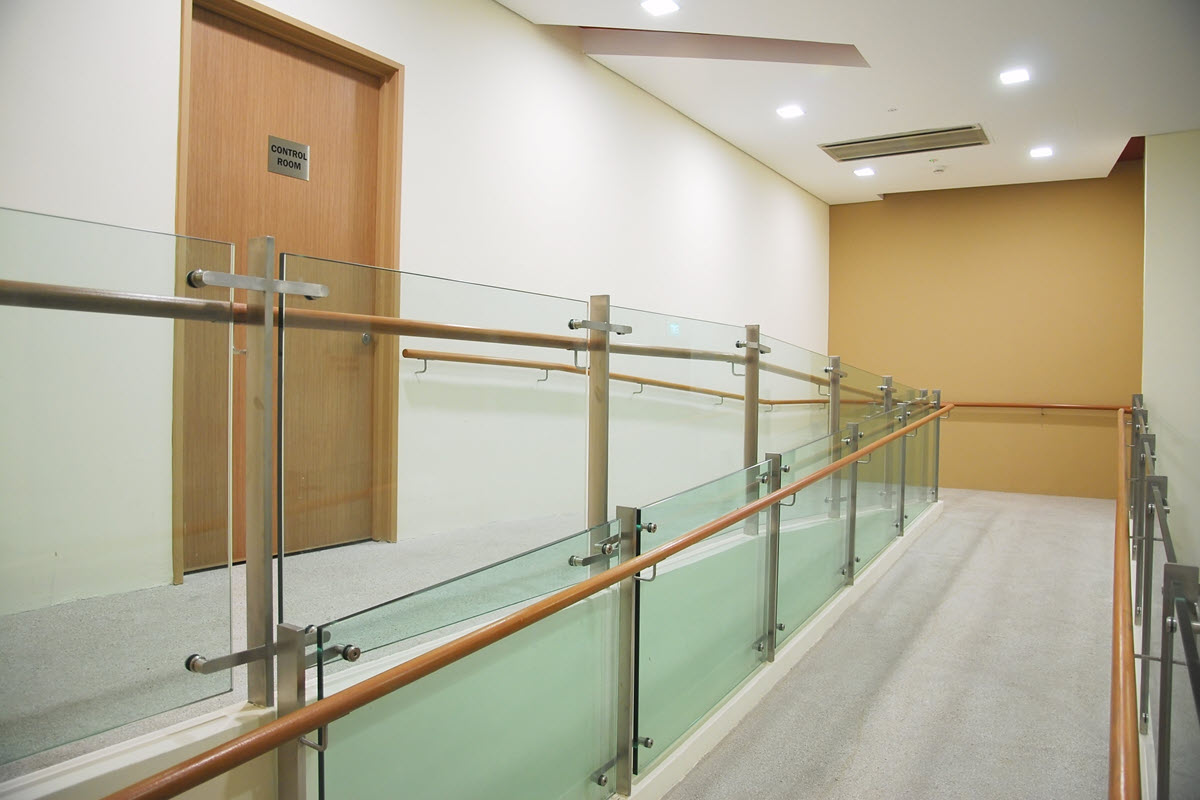
Avoid placing temporary displays or goods in a way that obstructs aisles and other passageways. There should always be continuous routes for wheelchairs within your premises to allow customers to move freely.
To make your place easy to move and navigate, maintain a continuous accessible path to and from certain sections of your premises, such as those leading to the parking area or any bathroom.
3. Consider furniture and fixture accessibility
Businesses that provide tables or bar seating must ensure they meet Australian Standards for accessibility dimensions to accommodate wheelchairs.
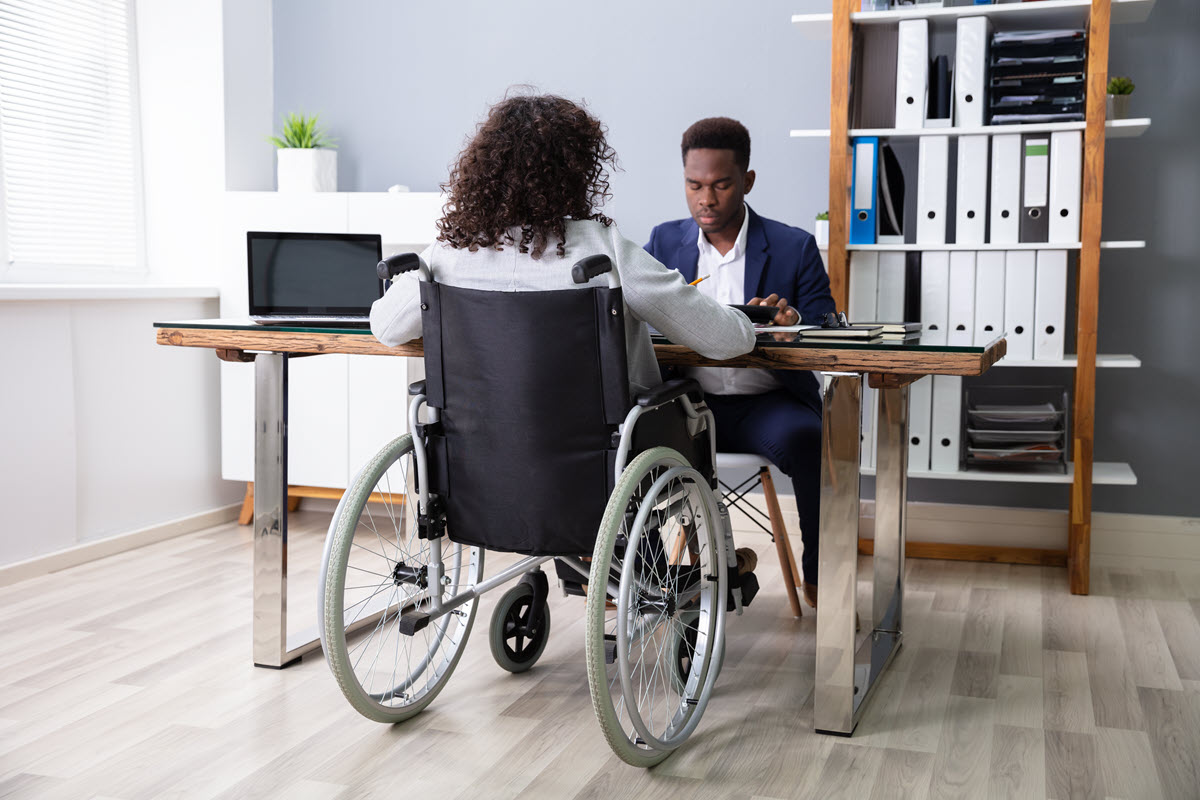
For example, tables that provide space underneath the tabletop that’s 76 centimetres wide, 43 centimetres deep and 69 centimetres high, plus a top that measures anywhere from 71 to 87 centimetres, would be considered wheelchair-accessible.
Additionally, check counter height, as well as the position of lift buttons, EFTPOS facilities, door handles, etc. These should all be within easy reach of wheelchair users.
If you have a store or shop, your designated wheelchair-accessible register or checkout lane should always be open during business hours.
4. Wheelchair door width Australia: Install access-friendly doors
Elderly people and those using mobility aids can find the force required to open doors difficult, especially heavy doors. Resolve by updating the door handles and closers, so the door handle is easier to operate or push open.
A better solution would be to install automated disabled access doors that allow for the effortless passage of all people.
You should also look into whether your automatic doors and wheelchair door width meet Australian Standards. In Australia, there should be a clear opening of a doorway from the face of the open door to the doorstop.
A minimum wheelchair door width of 850 millimetres or 85 centimetres, is considered an accessible wheelchair door width by Australian Standards 1428.

Buildings should have entrance and exit passageways that feature an access ramp. Threshold ramps not only accommodate those using mobility aids but are also for helpful for moving equipment, strollers and other wheeled items.
Ramps also be installed in areas that are accessible through stairs, although a better alternative would be elevators, especially for tall buildings.
5. Keep public facilities wheelchair accessible at all times
Avoid locking any bathroom or lifts that are supposed to be accessible to the public during business hours. You should also ensure accessible bathrooms can be easily located through the use of a continuous, accessible path.

Also, do not use accessible change rooms or your business bathroom as a storage area.
Inside bathrooms, moveable objects such as wastebaskets and rubbish bins should not obstruct spaces near the main and cubicle doors. Also, ensure stalls are wheelchair door width, and keep the area around the toilet and under the sink clear at all times.
6. Make your establishment a safe space for wheelchair users
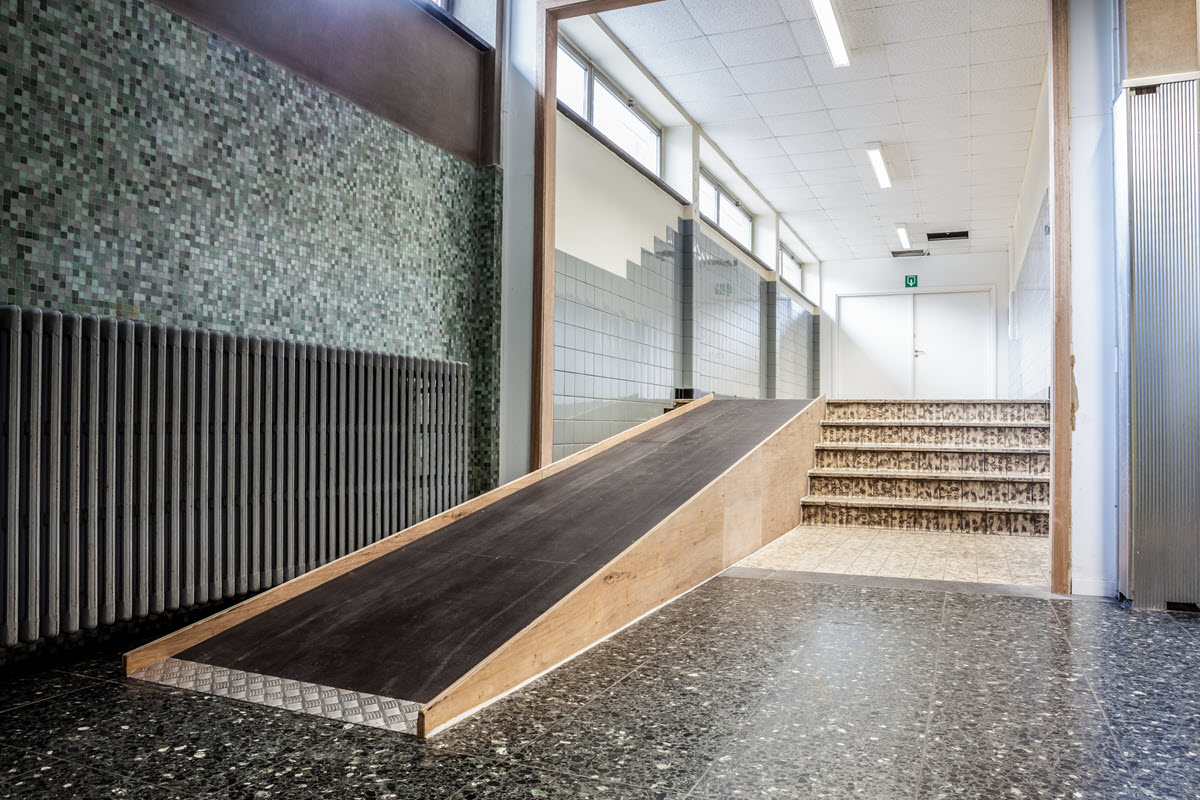
Maintaining your building makes it a safe space for everyone, especially for people with disabilities. One aspect is cleaning and scrubbing surfaces so they don’t become worn or slippery.
Additionally, have a clear building evacuation procedure specifically for persons with disabilities in case of an emergency. These should be included in your emergency evacuation plan.
All employees must know the procedure by heart.
7. Be considerate and sensitive

If a person with a disability asks you to change a policy or requests additional assistance, take time to consider it. Check if the request corresponds to any specific legal requirements concerning people with disability.
If it’s a reasonable request and has the potential to help you improve your services, why not grant it?
8. Find alternatives
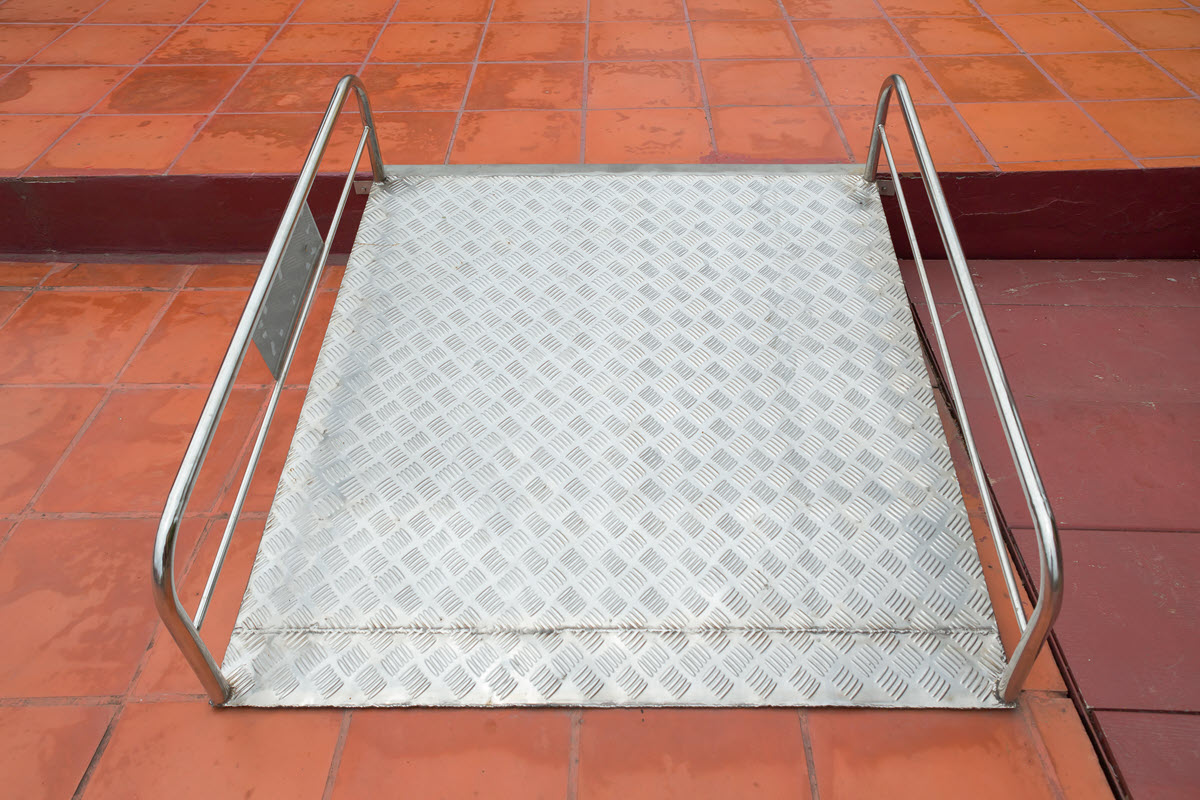
Making your business premises more accessible usually requires some investment.
If your business is not accessible yet, offer alternative services that will allow you to fulfil the needs of your wheelchair-using customers.
You can offer personal shopping, home visits or home delivery services as good alternatives.
Better access, better business
Ready to make your business premises accessible? Go Doors in Perth can help if you need automatic swing doors, sliding doors and disabled access doors.
Our products are ideal for use in schools, offices, nursing homes, public toilets or residential properties. Our doors can even be installed in existing entrances.
Go Doors assistive technologies work with access control systems, actuation push buttons, microwave and infrared devices and intercom hardware.
If you need more information about our products, please contact us today.
